Many in the Australian higher education sector feel left behind in the 2021-22 Budget after a difficult financial year with reduced international student revenue.
Treasurer Josh Frydenberg announced $19 billion (US$14.8 billion) in funding for universities in his budget speech in Parliament on Tuesday evening.
The measures include creating new employment pathways for students, funding scholarships for women in STEM programs, and supporting international science and technology collaborations.
Over $216 million in funding will also go into establishing additional nursing scholarships to grow and upskill the aged-care workforce.
The federal government also plans to provide around $30,000 (US$23,500) per PhD graduate undertaking industry placements to encourage greater university-industry collaboration under the Research Training Program.
However, the peak industry body for the sector, Universities Australia, said the federal government’s assumption that borders would remain closed posed “very serious challenges” for universities.
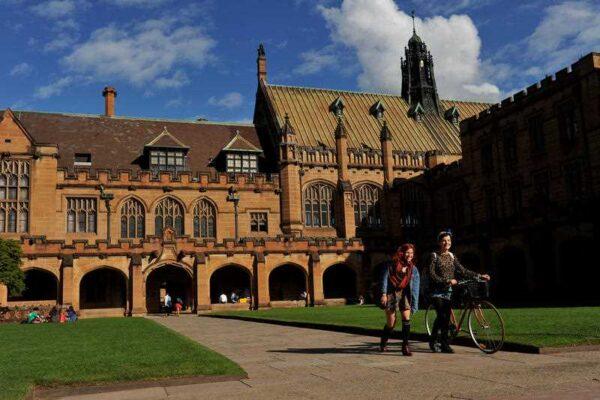
Universities were pleased, though, to see budget assumptions include pilot programs for international students and warmly welcomed the extra $1 billion for university research.
“The boost acknowledged the centrality of research to national recovery—it saved jobs and research capacity,” Jackson said. “The sector will continue to work with Government on long-term plans for research sustainability.”
The Group of Eight (Go8), which represents Australia’s most research-intensive universities, applauded the government’s commitment to secure the nation’s economic recovery but said it had “one hand tied behind its back” in supporting a constructive budget.
“Post-budget, the Government will have to think through how it best supports the university sector as we, in turn, support the nation,” Go8 Chief Executive Vicki Thomson said in a statement. “The current system will not achieve this.”
“Our biggest challenge remains—and that is ensuring we can continue to do world-class research, which at its core is all about people, which will change and save lives—particularly through research related to the COVID-19 pandemic,” Thomson said.
Regional Universities Network (RUN) said their network also felt “largely ignored” by the budget but welcomed the funding for innovation, women in STEM programs, and the Research Training Program for PhD students.
“Regional universities are anchor institutions for their regions and make a fundamental contribution to regional economies,” RUN Chair Nick Klomp said. “The government should support the establishment of innovation precincts at regional university campuses.”
While the Australian Technology Network of Universities (ATN) believes the budget “missed an opportunity” for universities, which it said played a critical role in providing the economy with a highly skilled workforce.
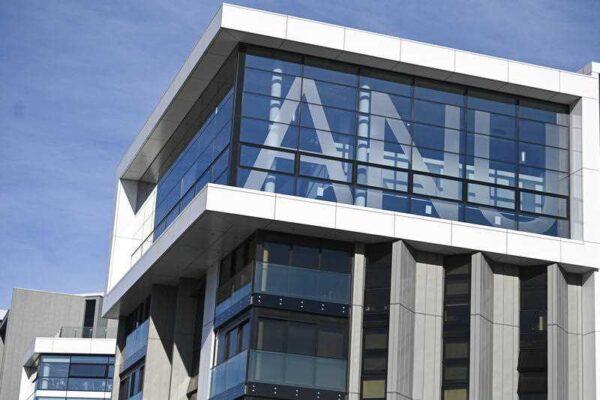
Education Unions Call Budget a Failure For Public Education
Meanwhile, the Australian education unions calling the 2021 Budget a failure for public school and TAFE staff and students.Haythorpe claimed public schools face a $19 billion funding shortfall over the next four years as a direct result of the government’s “failure to put public education first.”
“The Morrison Government is delivering millions of dollars of taxpayers’ funds to poor quality private colleges and the job network at the expense of TAFE,” Haythorpe said.
The National Tertiary Education Union (NTEU) said the government dealt “further blows” to the country’s fourth-largest export industry, education, in this year’s budget.
“Instead, there’s a pittance in this Budget for higher education, from a government which has abandoned Australian university workers and students,” Barnes said.
The government will also provide $481.2 million to reform and expand the youth employment services program, Transition to Work, to help disadvantaged young people transition from school to work.
“We are backing young Australians right through their learning journey through our funding across early childhood education and care, schools, and higher education,” Tudge said.
“We are giving Australians the best chance to reach their full potential and to get the skills and qualifications they need to get into a job, now and in the longer term.”
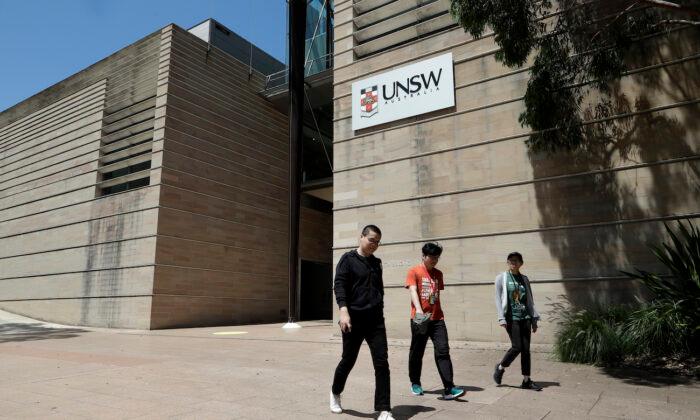

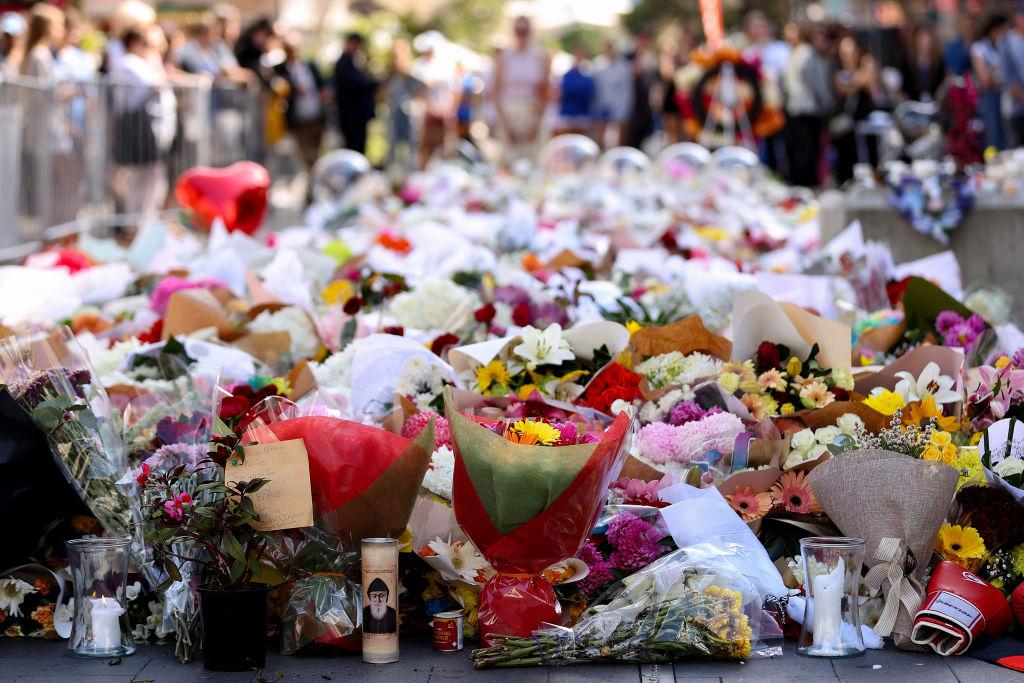


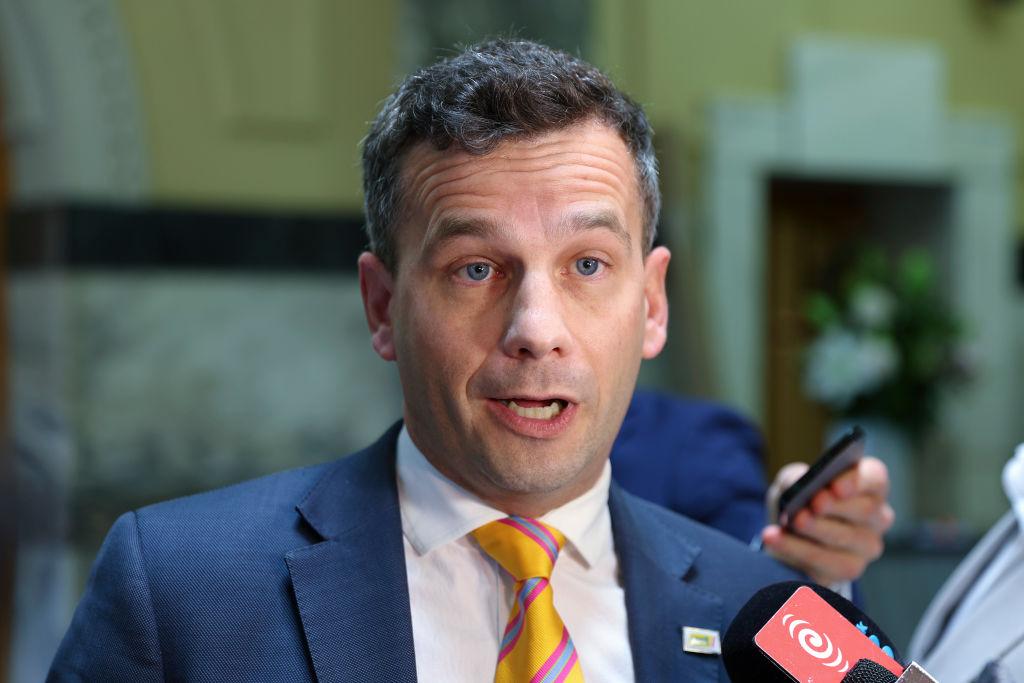
Friends Read Free